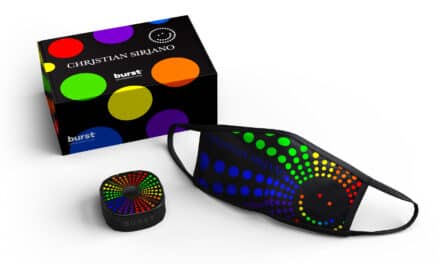OrVance LLC, the makers of OrthoDots CLEAR, a dental wax alternative, is inviting feedback from orthodontists on a draft of a soon to be released white paper. The paper looks at the issue of how common dental wax, distributed by orthodontic practices directly to patients, violates regulatory requirements and comprises Adverse Event Reporting to the FDA.
Since launching its product, OrVance has pointed to the fact that generic wax packaging lacks a number of quality/safety features including unit of use/hygienic packaging, tamper-evident packaging, labeling with product traceability, and disclosure of ingredients.
According to Mike Silver, PhD, OrVance’s director of R&D and technical affairs, “While several orthodontic product suppliers have agreed that the common unlabeled wax is noncompliant in many countries, surprisingly, the need to comply with longstanding quality standards and regulations has been met with resistance. One of the most common points of resistance has been around whether there is proof that unlabeled dental wax is unsafe.
“Until recently, we have dismissed these questions and simply advocated that it must be a priority for the most commonly dispensed product in our profession to follow universally accepted quality standards and regulatory requirements wherever it’s sold. But since the question around the historical safety of traditional dental wax kept coming up, we’ve set out to research this question with third-party experts and report our findings here in this white paper.”
The draft white paper outlines specific regulatory violations and how these violations have potentially compromised patient reporting of an Adverse Event to the FDA.
As part of its continuing research, the company is asking orthodontists whether they can “name any other oral care product, commonly dispensed by a doctor to many millions of patients that: offers no disclosure of ingredients; offers no hygienic/unit-of-use packaging; offers no tamper-evident packaging feature; offers the end patient no product labeling or product traceability; or knowingly violates [medical device labeling] regulations that have been in place for over 25 years [in many countries including the European Union].”
Feedback can be sent to [email protected].
The final draft of the paper will be published on November 1.









